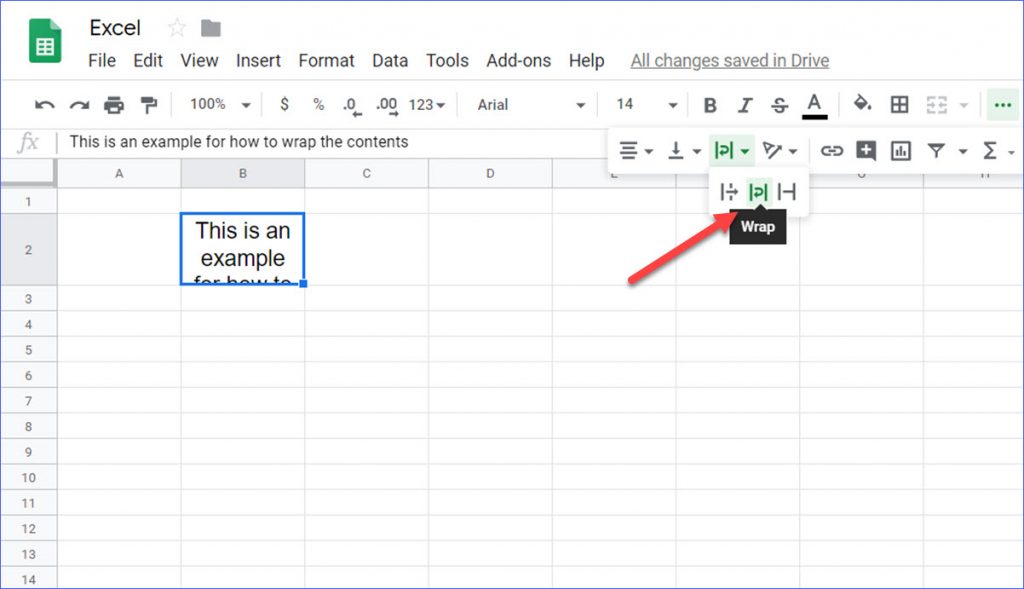
In some cases, external programs are needed in order for this “previewing” to work. Try “viewing” a binary, an archive, a DOC document or an image.
The internal viewer has many built in modes for “previewing” the content of the file. Ctrl + Shift + Enter – same as above, but the full path is copied. Ctrl + Enter or Alt + Enter – copy the currently selected file’s name to the shell. Your current working directory from mc will be passed on to the shell… and vice versa! Hit Ctrl + o again to return to mc. Just hit Ctrl + o – the effect will be similar to putting mc in the background but with a nice perk. If you want inspect the output of the command, do some input or just prefer a bigger console, no need to quit mc. Hit it twice to get all the possible completions (just like in a shell). Since Tab is bound to switching panels (or moving the focus in dialogs), you have to use Esc Tab to use autocompletion. There’s a shell awaiting your command at the bottom of the screen – just start typing (when no other command dialog is open, of course). If nothing was selected, all files will get selected. Insert ( Ctrl + t alternatively) – select files (for example, for copying, moving or deleting). Restart your shell, launch mc, change to another directory, exit and your shell should be set to that new directory. Once found, modify your ~/.bashrc:Īlias mc='. The exact location is dependent on your distribution – in mine (Gentoo) it’s /usr/libexec/mc/, in Ubuntu supposedly it’s in /usr/share/mc/bin/. This is done thanks to the mc-wrapper script that should be bundled with your installation of mc. Meaning, you can navigate the filesystem using mc (sometimes it’s easier than cding into that one directory buried deep down somewhere) and when you quit mc ( F10), your shell will automagically cd to that directory. mc has the ability to exit to its current directory. 
There’s actually one thing I’d recommend doing before you run mc. Oh, and make sure you’re running a modern and UTF-8 friendly terminal – for example, rxvt-unicode.

This article was written and tested on the following software: Most of them can be accessed using the menu ( F9), but who has the time to do that?īefore we get started, let’s establish some facts. This article aims to show all the useful (YMMV) shortcuts and functionalities that are often overlooked.

You’re probably familiar with the basic operations ( F5 for copying, F6 for moving, F8 for deleting, etc.) and how to switch panels (ummm, the Tab key). If you’ve used an *nix system, at some point you’ve stumbled upon Midnight Commander, a file manager based on the venerable Norton Commander.







 0 kommentar(er)
0 kommentar(er)
